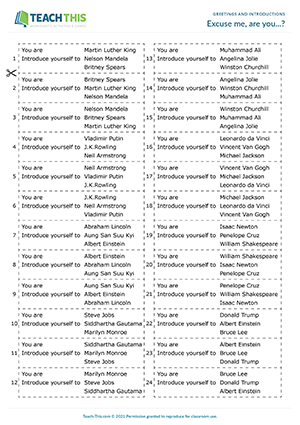

After the allotted time, any student can be called on to share their response. Quick responses probably mean that the question did not stretch the learners’ understanding. Giving such chunks of time honors the work being asked of students. You can aid this by encouraging journaling, silent reflection, or partner discussions. Give think time: Give students 20 seconds to two minutes to make sense of questions that require analysis to synthesize concepts into a different construct or frame. If you don’t get responses within 15 seconds, you can call on students, instead of asking for volunteers. Most times, I get responses by 10 to 12 seconds. Quality should be measured in the content of the answer, not the speediness. Not every learner processes thinking at the same speed.

Provide wait time: Give students five to 15 seconds to formulate a response to a question for which they should know the answer. Why not offer a similar amount of time for students to consider their responses to questions that require deep thinking? Strategies for Providing Students With Time to Think The world record is under 10 seconds, which goes by quickly. Yet consider that the fastest male and female 100-meter sprinters in the world run at or under 10 seconds.

The silence for some may feel unbearably long. One solution is for teachers to pause for five to 15 seconds before calling on students. Meanwhile, the Internal Thinkers have also had insufficient time to process, but don’t feel comfortable responding. The External Thinkers, those go-to students who can be counted on to talk within the first three seconds, may be shaping their ideas as they talk-they haven’t had sufficient time to fully process but speak out anyway. Learning preference, in the case of questions posed to the whole class, refers to how some students prefer to silently process the content, keeping their own counsel (Internal Thinkers), while others prefer to talk or express their thinking with an audience as a sounding board (External Thinkers). Process is how learners make sense of ideas, compose their thinking, and prepare a thoughtful answer. In differentiating instruction, process and learning preference are the keys.


 0 kommentar(er)
0 kommentar(er)
